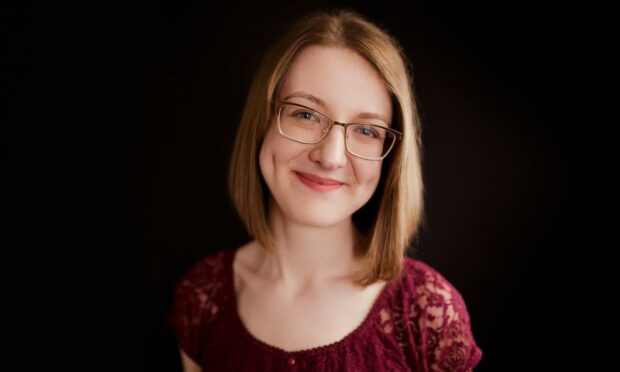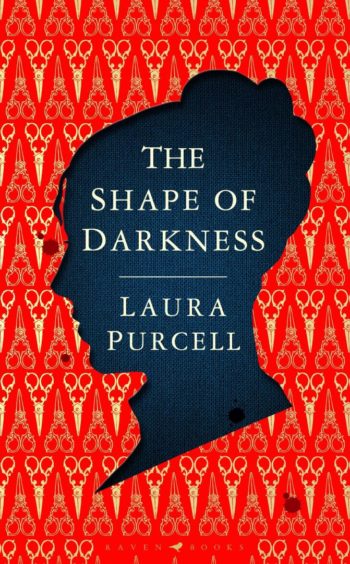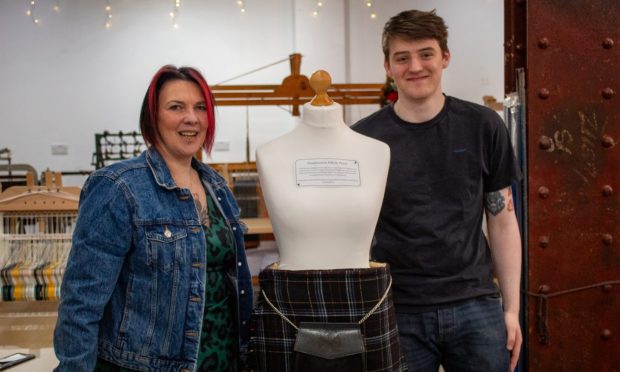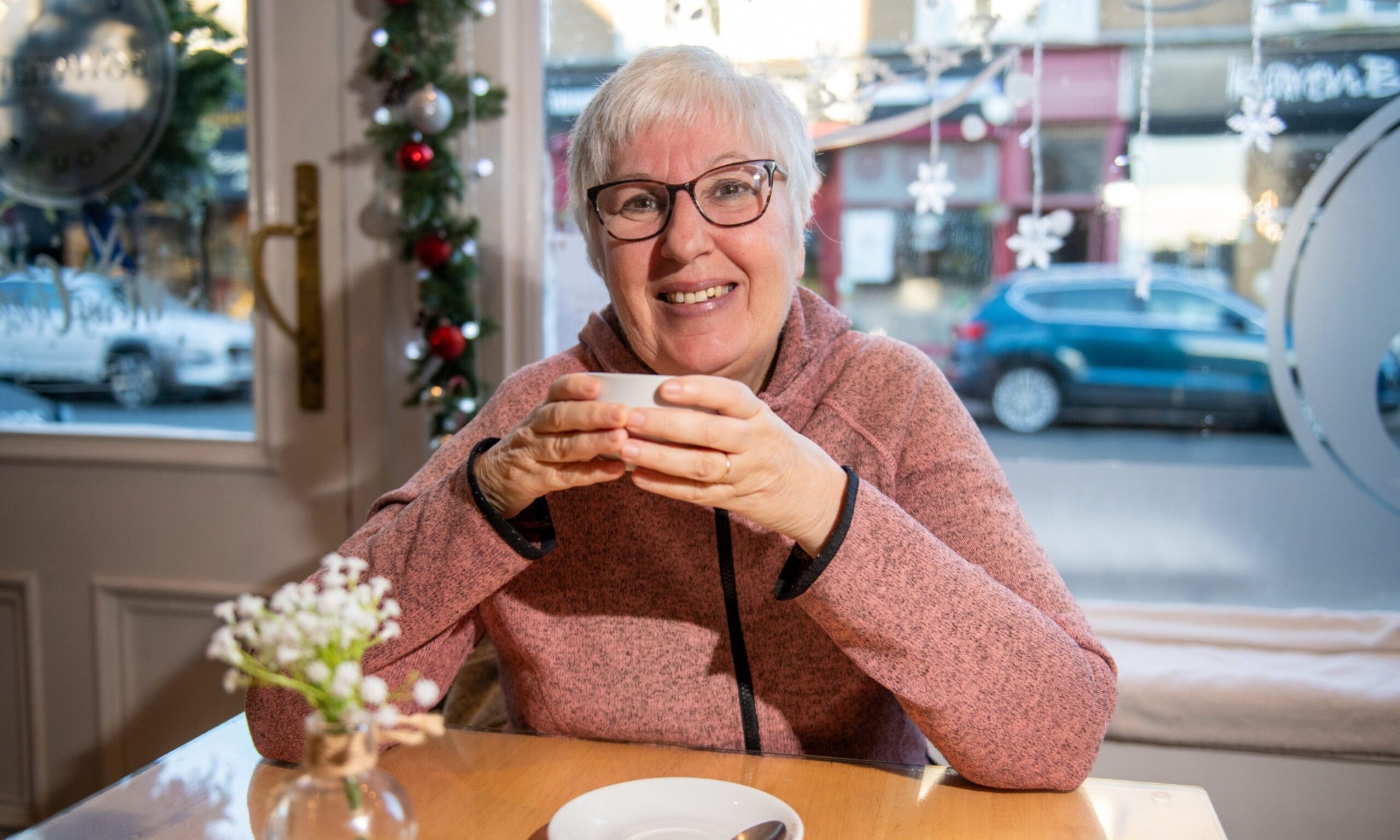Shadowy, faceless silhouettes feature as a creepy motif in Laura Purcell’s latest Gothic thriller. Gayle Ritchie finds out more.
A struggling silhouette artist seeks out a child spirit medium in Laura Purcell’s latest spine-tingling novel.
With atmospheric seances, a cast of quirky characters – including a grumpy, overweight pug – The Shape of Darkness will keep you on tenterhooks right to the very end.
There are ghosts, ghouls and ghastly goings on galore in the twisty, turny tale, and fans of gothic fiction will love getting lost in silhouette cutter Agnes Darken and child spirit medium Pearl Meers’s spooky world.
Set in Victorian Bath, Laura weaves and unwinds an eerie web of complicated family relationships as her characters attempt to separate illusion from reality.
The idea for the novel came to her at the Jane Austen Festival in Bath.
“I attended a workshop about silhouettes and began to consider how the artists would have felt when photography began to take over their trade,” she explains.
“The world was essentially telling silhouette artists that they were antiquated and irrelevant, a theme that lends itself to Gothic literature.
“Later that day, I went on a ghost tour of Bath and recognised the potential for using shadowy, faceless silhouettes as a creepy motif in a book.”
The story came to Laura in September 2016 but she didn’t turn in her final draft until January last year – although she did manage to publish three other novels in the interim period.
“I’m always working on lots of projects at once, and I’m afraid they’re never written anywhere fancy, just my desk at home!” she says.
Characters
Laura describes one of her heroines, Agnes, as a middle-aged, unmarried woman, struggling to care for her relatives, who feels her best years are behind her, a feeling compounded by the slow death of her profession.
“She’s drawn to eleven-year-old Pearl because she represents the reverse: youth, innocence and the new idea of communicating with the dead,” she continues.
“But Pearl’s life is not as exciting as it seems. She’s at the mercy of her elder sister Myrtle, who is both training her and managing her career. The séances frighten poor Pearl almost as much as Myrtle herself and she hopes that by helping Agnes solve the murders of her clients, she’ll find a way out of her constricted, spooky world.
“But as well as the two heroines, there’s a host of supporting characters, my favourite of which is Morpheus, the plump and grumpy pug!”
Gothic fiction
Why choose to write Gothic fiction? Former bookseller Laura says she’s drawn to its rich atmosphere and ability to combine thrilling, horror elements with deep character studies.
“So many characters in Gothic fiction are processing trauma and I think fiction plays a key role in helping us explore and deal with those feelings,” she adds.
Before she put pen to paper, she spent a long time researching the powerful themes running through her book.
“I’m indebted to silhouette artist Charles Burns for his wonderful book which taught me the techniques that Agnes would use to create her shades in the Victorian era,” says Laura.
“For the ghostly strand of the story, I used many sources from the 1870s, including Spiritualist newspapers like Medium and Daybreak and memoirs of the young women who dabbled in mediumship, such as Shadow Land by Elizabeth d’Esperance. It was fascinating to see that while working as medium was a great way for women to find power and a voice, they were also open to exploitation from their managers.”
Discipline
When it comes to sitting down and writing, Colchester-based Laura doesn’t have the luxury of waiting for the muse to call! As it’s her full-time job, she’s learnt to do it wherever and whenever she needs to but aims to write at least 1,000 words a day.
“Generally, I find I do this best at late morning to early afternoon but it depends on what else is going on in terms of events and administration. When I wrote around my office job I used to wake up at 5.30am and try to smash out at least 500 words before my shift. I don’t miss those days!”
She hopes those who read The Shape of Darkness will have a memorable experience that keeps them thinking about the book long after they put it down.
Advice
Any words of advice to aspiring authors?
“It’s such a tough business to break into and every author I know has had a completely different experience,” she reflects.
“Unfortunately there’s no magic formula, but it helps to be persistent and flexible. Stay open to feedback and never give up!”
Next on the cards is another novel which Laura reveals features a cursed theatre.
She also has a short story being released in The Haunting Season anthology, and a podcast Roanoke Falls, which was executive produced by John Carpenter and Sandy King Carpenter.
Her first novel for Bloomsbury, The Silent Companions, was a Radio 2 Book Club pick, was selected for the Zoe Ball ITV Book Club and was the winner of the Thumping Good Read Award.











